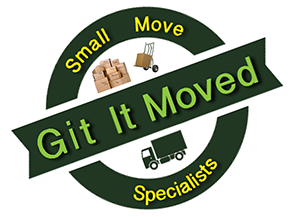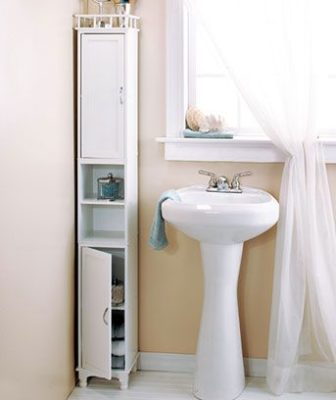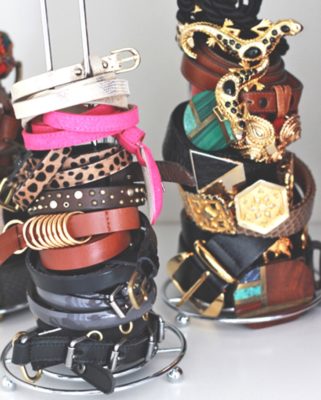Recently, we had an online booking come in from a company located in Arlington. The description of the job was that they needed multiple desks moved from inside of their office. Shortly after the online booking, a gentlemen called to get a little more information. He asked us a few questions regarding the size of trucks we have and how many people come to the job. We gave him the run down of how everything works and how we can help him. After the conversation, he confirmed his appointment and told us he would see us in a couple days.
Our guys started with the largest items first, which were the desks. They loaded up the 5 large desks in the very back of the truck while strategically placing them to fit as much stuff in one load as possible. The guys were able to fit more in one load than expected and off to the next destination! After that they were on to the second load. The second contained a few more desks. They put them in the truck first then loaded up the 12 chairs they had. After all that was loaded up, they added the rest of the stuff to be moved. The job was done in two loads because everything was thoughtfully placed in the truck.
The company that hired our service was so impressed that they called us back a few days later to schedule another appointment to remove more stuff from their office. All in all, this was another successful job achieved and put down in the books!





 Git It Moved was called for a local move in NE DC to move a one bedroom apartment to an apartment in NW. Our efficient moving crews will handle your goods as carefully as possible while still being timely in their duties. No matter what type of moving project you have, we will complete it to your satisfaction. We work long days in order to ensure your move is completed as quickly as possible.
Git It Moved was called for a local move in NE DC to move a one bedroom apartment to an apartment in NW. Our efficient moving crews will handle your goods as carefully as possible while still being timely in their duties. No matter what type of moving project you have, we will complete it to your satisfaction. We work long days in order to ensure your move is completed as quickly as possible.










 We got a call to our office from a lady for a move from Oakton to Chantilly. Our guys showed up to the job ready to work early this morning. Nothing better than moving day and having a team that’s ready to get you into your new place and helps take some of the stress off of you. Needless to say, the customer was happy with the job done.
We got a call to our office from a lady for a move from Oakton to Chantilly. Our guys showed up to the job ready to work early this morning. Nothing better than moving day and having a team that’s ready to get you into your new place and helps take some of the stress off of you. Needless to say, the customer was happy with the job done.